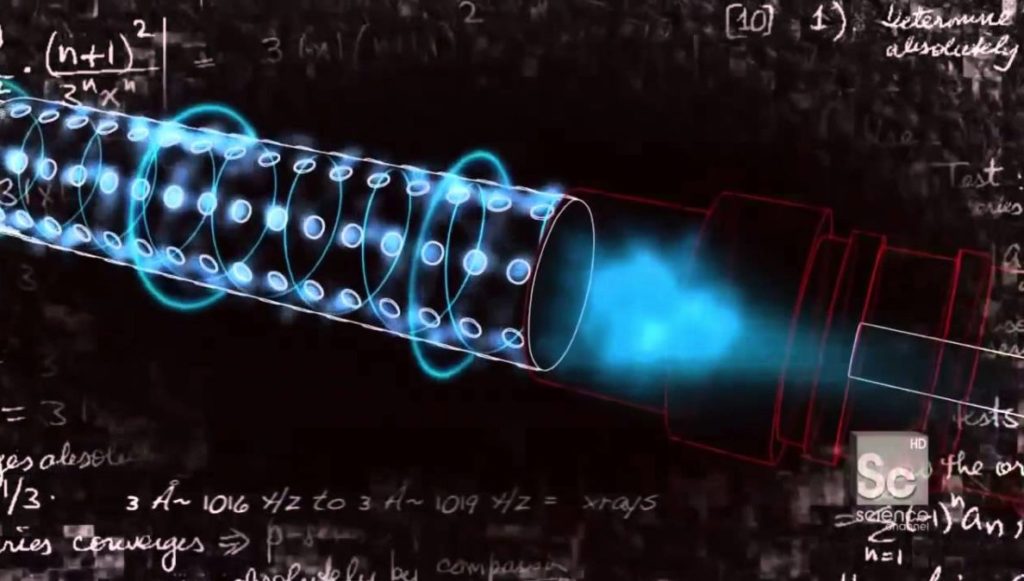Although a lightsaber is probably not impossible to create, its practicality as a weapon is still questionable.
One problem is if the heat of a lightsaber touches any sort of flesh, it will cause a phreatic explosion. Basically, the water inside animal bodies will rapidly evaporate and expand when in contact with a lightsaber. Because animal flesh consists mostly of water it will cause an explosion, and it will be quite a large one .
Another problem is that the heat emitted by a lightsaber will be extremely high, even with some distance. So the safety of the user can not be assured.

